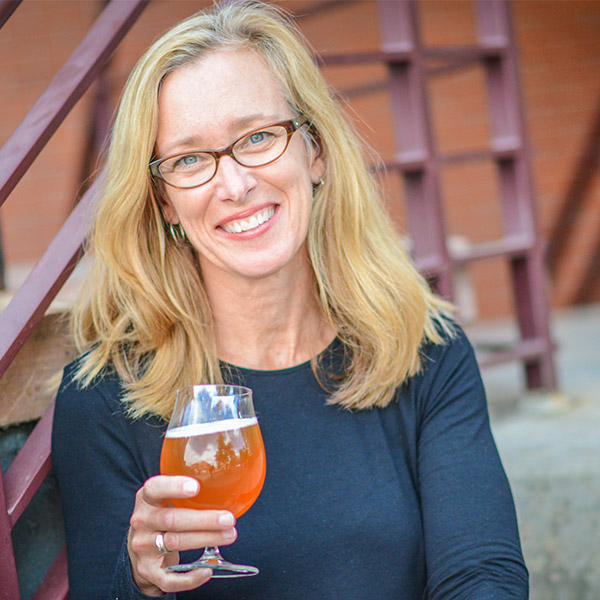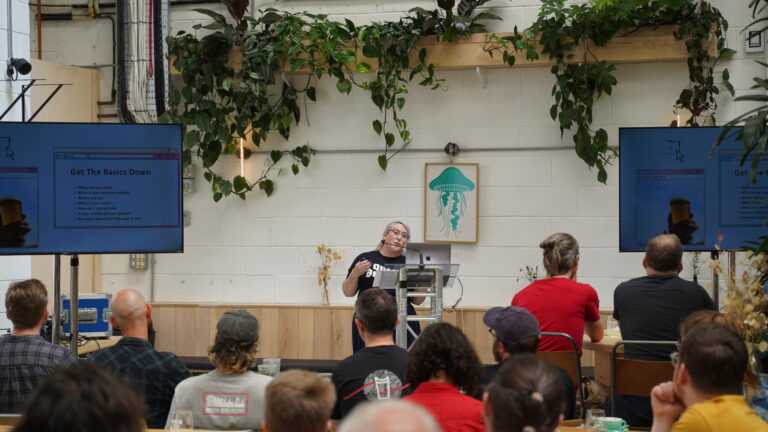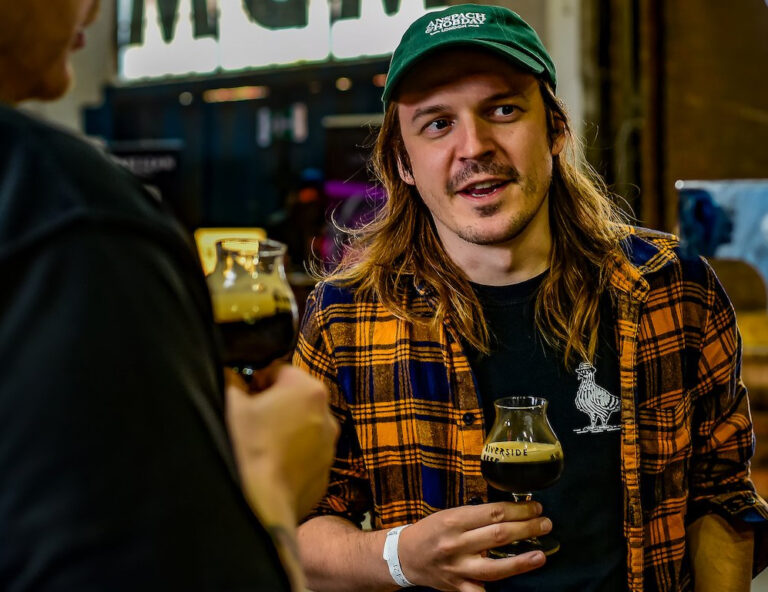Here Virginia Casadio shares a beer that holds a special place for her and one that she’s probably brewed the most – a No Hops, No Boil Gose.
This beer is the perfect summer thirst quencher, offering a refreshing lemon tartness, a bready malt backbone, and a light fruity balance.
It has a gentle sourness, herbal coriander notes, and a subtle saltiness that doesn’t overpower the other flavours. It’s also an excellent base for experimentation, whether you’re adding fruits or dry hopping.
This is probably the beer I’ve brewed the most, and it holds a special place as a collaboration with my friend Kendon.
In our latest batch, we added blackberries, which gave the beer a beautiful colour and enhanced the tartness.
I’ve brewed a version of this at Newtown Park (albeit using kettle souring technique due to quality control) but added mango and raspberry—those flavours worked wonderfully together. I’m looking forward to having the chance to brew this at Duration in the near future.
This recipe is easy to brew and relatively quick, especially since there’s no boil involved. It’s based on a 20L batch size, which fits perfectly in a corny keg. Please adjust the quantities to suit your brewing system.
NoNo Gose (No Hops, No Boil Gose)
- ABV: 4%
- Efficiency: 70%
- Batch Size: 20L
- Original Gravity (OG): 1.035
- Final Gravity (FG): 1.004
- Mash Temperature: 63°C for 60 minutes
Malts:
- 3 kg Wheat Malt
- 2.5 kg Pilsner Malt
Adjuncts:
- 15g Sea Salt
- 30g Dried Coriander Seeds
Bacteria:
- Lactobacillus (I recommend a blend of L. brevis and L. plantarum, such as the OYL-605 blend from Omega Yeast Labs)
Yeast:
- WLP644 White Labs Saccharomyces Trois
Brewing Instructions
A couple of days before brewing, prepare the first starter by making 1 litre of 1.040 wort and adding the chosen Lactobacillus.
Allow it to incubate at room temperature for 24 to 48 hours to increase the cell count. On brew day also prepare a second yeast starter with the vial of WLP644 yeast, and allow it to sit for 48 hours until time to pitch it.
Mash in at 63°C for 60 minutes, ensuring the temperature stays consistent throughout the mash. Once mashing is complete, sparge as you normally would to collect your wort.
Bring the wort to a boil and add salt and coriander. After adding the ingredients, turn off the heat—there’s no need to continue boiling for more than a couple of minutes. Adjust the pH of the wort to around 4.2 to help prevent the growth of any unwanted off-flavour bacteria.
Chill the wort down to 30°C and transfer it to a CO2-purged fermentation vessel, such as a carboy (plastic buckets work fine too).
Pitch the Lactobacillus starter into the cooled wort, and allow it to sour for 48 hours at room temperature. No additional heating is required during this phase.
After 48 hours of souring, chill the wort down to 20°C and pitch the WLP644 starter yeast. Let the beer ferment for about 2 weeks until it reaches a stable gravity.
If you’re adding hops or fruit, now is the time to do so. For fruit additions, it’s best to wait another 2 weeks after adding the fruit to ensure all the sugars have fermented out and to avoid potential bottle or keg bombs.
Once fermentation is complete and gravity is stable, rack the beer into bottles or a keg. Prime or force carbonate to your desired level of carbonation. Aim for around 2.5 volumes of CO2.








